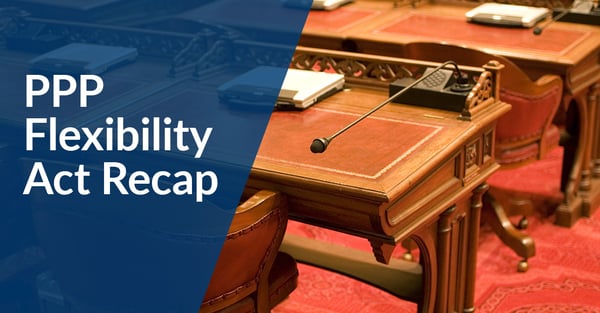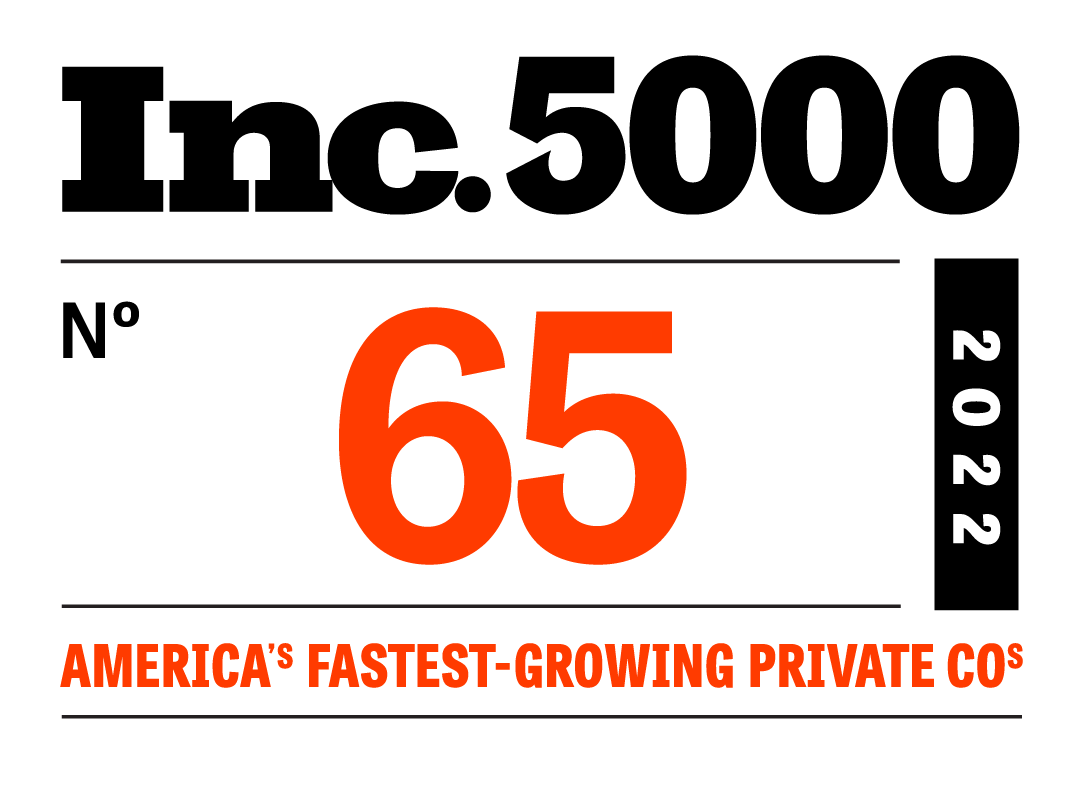
Last night, on Wednesday June 3, the Senate passed legislation by voice vote that will reform the recently created Paycheck Protection Program.
As you know, the Paycheck Protection Program is the cornerstone of the Coronavirus Aid, Relief, and Economic Security (CARES) Act passed by congress earlier this year in response to the Covid-19 pandemic.
The program made nearly $670B available to small businesses reeling from state closures and social-distancing mandates in the form of fully-guaranteed SBA loans. Those loans have the opportunity of being forgiven in their entirety, as long as businesses use the funds appropriately.
While payroll and building expenses like rent or mortgage are the two well-known eligible expenses under PPP, we’ve outlined more information around how PPP loans can be used in this FAQ.
Although the CARES Act, and the Paycheck Protection Program in particular, are well intentioned, the restrictions around spending left some borrowers sitting on their SBA loans while others were afraid to even apply. Further, those who were spending their loans on payroll expenses, rent, and other eligible expenses, felt a sense of anxiety about whether or not they would get their loans forgiven in the end.
To address these anxieties and to ensure everyone who needs a PPP loan feels like they can get and use one to the fullest extent, Congress has worked to pass reforms, which cleared the Senate yesterday evening.
The legislation, which passed the House unanimously last week, makes the following updates to the PPP program, including extending the program from June 30 to December 31:
- Extended Covered Period: The period of time in which borrowers are allowed to use their PPP loans in order to qualify for forgiveness—the Covered Period—has been extended from 8-weeks to up to 24 weeks.
- More Spending Flexibility: Borrowers are no longer bound by the 75/25 rule, where 75 percent of the loan must be used for payroll and other expenses cannot amount to more than 25 percent. The new ratio is 60/40, where 60 percent must be spent on payroll and other expenses cannot exceed 40 percent.
- Revised Loan Terms: The legislation does a few things to change the terms of PPP loans, both for new loans and retroactively. For loans originated after the Act is signed into law, the bill establishes a minimum maturity of 5 years for loans with remaining balances after forgiveness. For all loans, regardless of origination date, it revises the payment deferral period from 6 months to until borrowers receive forgiveness funds. For borrowers who do not apply for forgiveness, the legislation clarifies these businesses have up to 10 months from the end of the covered period to begin making payments.
- Rehiring Deadline Extended: Given that Congress simultaneously legislated stronger unemployment benefits at the same time as the CARES Act, they’ve created a situation that’s made it difficult to rehire workers, who might be making more or getting better benefits through unemployment. While the SBA has already issued guidance that employees offered to be rehired but choose not to will not negatively impact a businesses chance at forgiveness, the new reforms look to go further by extending the deadline in its entirety from June 30th to December 31st.
- Access to Payroll Tax Deferment: The new legislation ensures full access to payroll tax deferment for businesses that take PPP loans.
These new reforms are known as the Paycheck Protection Program Flexibility Act and the legislation is now headed to the President’s desk for signature—expected to be signed into law without issue.
While you can read the legislation here, we’ll be providing more analysis on the legislation and sharing how our platform will support the PPP program changes, should they become law during our weekly insight sessions. You can register for Friday’s 1pm Platform Demo here and Tuesday’s 3pm Q&A Session here.







